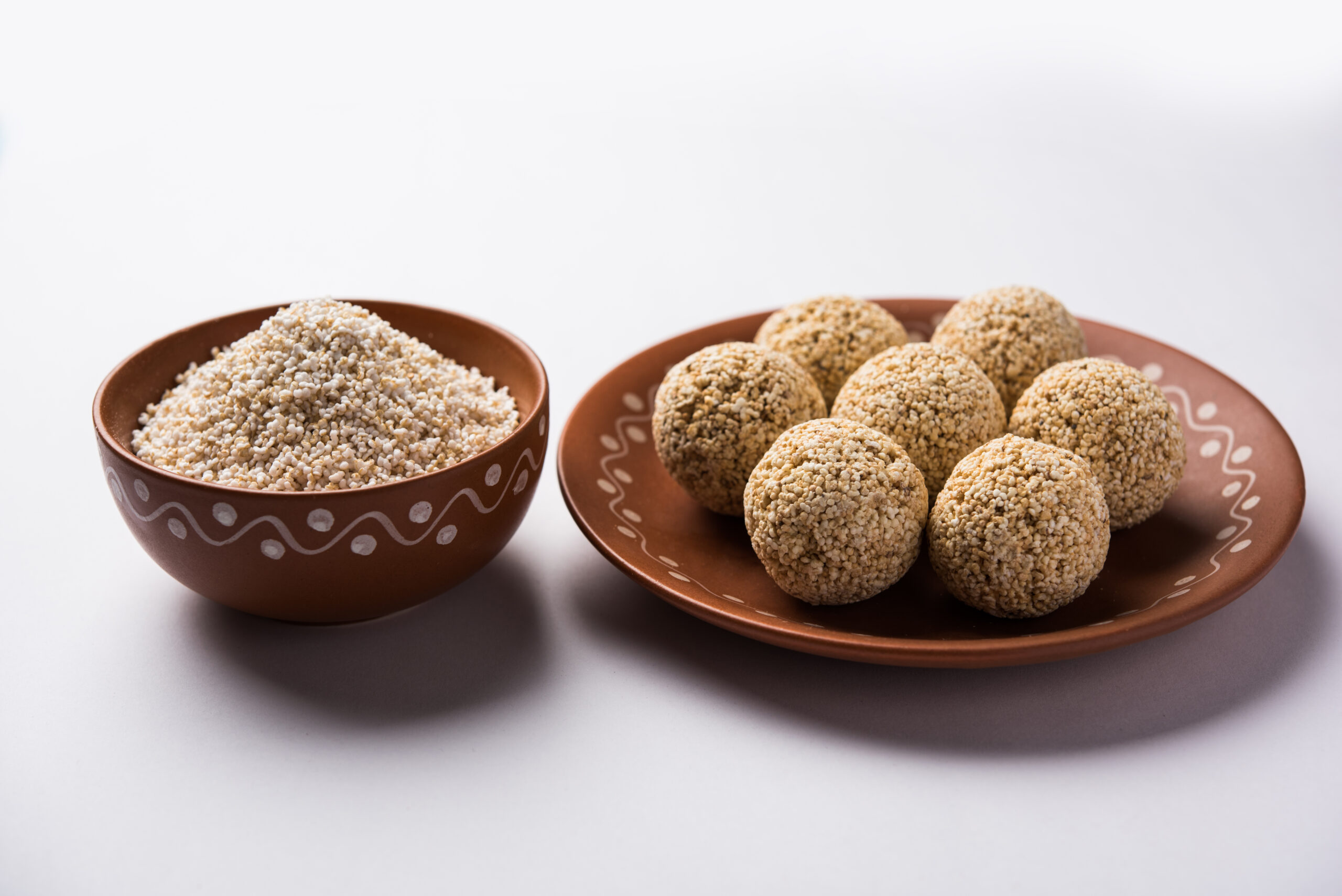Have you ever wondered where some of your favorite foods really come from? While many of the dishes and ingredients we enjoy today seem familiar, their origins are often surprising, strange, and even accidental. The history of food is filled with unexpected twists and you are about to learn the bizarre food origins that will make you rethink the stories behind what’s on your plate.
Contents
- 1 Ketchup’s Fermented Beginnings
- 2 Marshmallows Were Once Medicine
- 3 Worcestershire Sauce’s Accidental Discovery
- 4 The First Caesar Salad Wasn’t Italian
- 5 Ice Cream Cones Were a Solution to a Shortage
- 6 French Fries Aren’t French
- 7 Graham Crackers Were a Health Food
- 8 Chocolate Was Once a Bitter Drink
- 9 Sushi’s Origins as Street Food
- 10 Carrots Were Purple, Not Orange
- 11 Pizza Margherita Was Inspired by Royalty
- 12 Popcorn Dates Back to Ancient Civilizations
- 13 Tofu Was Accidentally Created by Adding Salt
- 14 Bananas Were Once Full of Seeds
- 15 Potatoes Were Once Feared in Europe
- 16 More From RetailShout
- 17 15 Lesser-Known Healthy Snacks That Pack a Nutritional Punch
- 18 20 Breakfast Foods That Fuel Your Morning
Ketchup’s Fermented Beginnings

Ketchup, today known for its sweet tomato base, has roots in fermented fish. Originating in China around the 17th century, the first ketchups were made from fermented fish brine and spices. It wasn’t until British sailors encountered the sauce and adapted it with mushrooms or walnuts that it evolved. Tomatoes were added to the recipe much later in the 19th century, creating the ketchup we’re familiar with. The transformation from fish sauce to tomato condiment is one of the most bizarre evolutions in food history.
Marshmallows Were Once Medicine

The marshmallow, now associated with s’mores and hot chocolate, started as a medicinal treat. Ancient Egyptians extracted sap from the marshmallow plant to create a honeyed candy used to soothe sore throats. By the 19th century, French confectioners were whipping this plant extract into a foamy dessert, but the original medicinal purpose was long gone. The modern version replaced the plant extract with gelatin for a fluffier texture. From herbal remedy to sticky treat, marshmallows have come a long way.
Worcestershire Sauce’s Accidental Discovery

Worcestershire sauce was created by accident when two chemists, John Lea and William Perrins, tried to recreate a sauce for a returning nobleman. Their attempt tasted terrible, so they stored the mixture away and forgot about it. A few months later, they discovered the sauce had fermented, transforming into the savory condiment we know today. With its blend of tamarind, anchovies, and vinegar, it has remained a pantry staple since the 19th century. Its unintentional creation is a reminder of the power of fermentation.
The First Caesar Salad Wasn’t Italian

Despite its name, the Caesar salad isn’t Italian but was invented in Mexico by an Italian immigrant, Caesar Cardini. Cardini operated a restaurant in Tijuana, where he came up with the dish on July 4, 1924, using whatever ingredients were left in his kitchen. The original recipe didn’t include anchovies; instead, the anchovy flavor came from Worcestershire sauce. Cardini’s invention became an international sensation, proving that even a dish born out of necessity can become legendary.
Ice Cream Cones Were a Solution to a Shortage

The ice cream cone was born out of necessity at the 1904 World’s Fair in St. Louis. An ice cream vendor ran out of dishes to serve his customers, so he turned to a nearby waffle vendor for help. Together, they shaped waffles into cones to hold the ice cream. This innovation quickly caught on, and soon the cone became synonymous with ice cream. What began as a problem-solving moment became an iconic part of ice cream culture.
French Fries Aren’t French

The beloved French fry didn’t originate in France but in Belgium. Belgians were frying thin slices of potatoes as early as the late 1600s. American soldiers stationed in Belgium during World War I were introduced to these crispy delights and dubbed them “French fries” because French was the dominant language in the region. This misnomer has stuck ever since, and today, French fries are a global fast-food staple with roots in Belgian tradition.
Graham Crackers Were a Health Food

Originally invented in the 19th century by Reverend Sylvester Graham, graham crackers were part of a strict health regimen. Graham believed a bland diet based on whole wheat would curb sinful cravings and improve overall health. The cracker was intended to promote temperance and suppress carnal urges. Over time, however, the recipe evolved, and today’s sweetened, cinnamon-coated graham crackers bear little resemblance to the original health food.
Chocolate Was Once a Bitter Drink

Long before it became the sweet treat we know today, chocolate was consumed as a bitter beverage by the ancient Mesoamericans. The Maya and Aztecs would grind cacao beans into a paste, mix it with water, and add spices like chili and vanilla. This concoction was reserved for royalty and religious ceremonies. It wasn’t until the introduction of sugar by Europeans in the 16th century that chocolate began its transformation into the sweetened version we enjoy today.
Sushi’s Origins as Street Food

Sushi may be seen as a gourmet delicacy today, but its origins are far more humble. The concept of sushi began in Southeast Asia as a way to preserve fish by fermenting it with rice. This practice eventually spread to Japan, where it evolved into fast food for busy workers in the Edo period. Street vendors would sell nigiri—small portions of raw fish atop vinegared rice—as a quick and affordable meal. Sushi’s journey from street snack to upscale dining is nothing short of remarkable.
Carrots Were Purple, Not Orange

The familiar orange carrot we know today was a result of selective breeding by Dutch farmers in the 17th century. Originally, most carrots were purple, white, or yellow. The Dutch developed orange carrots as a tribute to the ruling House of Orange. This new variety gained popularity and eventually replaced the older, colorful versions. While purple carrots are making a comeback in some health-conscious circles, the orange carrot remains the dominant variety worldwide.
Pizza Margherita Was Inspired by Royalty

Pizza, a global favorite, wasn’t always as we know it today. The iconic Pizza Margherita, with its tomato, mozzarella, and basil toppings, was created in 1889 to honor Queen Margherita of Savoy during her visit to Naples. The colors of the pizza—red, white, and green—were meant to represent the Italian flag. Before this, pizza was more of a peasant food, often topped with just oil and herbs. The royal seal of approval helped elevate pizza to a beloved national dish.
Popcorn Dates Back to Ancient Civilizations

While it’s now a movie-time snack, popcorn has ancient origins. Archaeologists have discovered that popcorn was eaten by the Aztecs as early as 4700 BCE. It was not only consumed as food but also used in ceremonies, such as decorations for religious statues. Native Americans introduced popcorn to European settlers, and it quickly became popular. Its transformation from ceremonial item to modern-day snack is a testament to its enduring appeal.
Tofu Was Accidentally Created by Adding Salt

Tofu, a staple of vegetarian diets, was accidentally created in China over 2,000 years ago. According to legend, a cook added seaweed-infused salt to a pot of soy milk, causing it to curdle and form soft blocks. This process was refined over time to create the tofu we know today. Originally, tofu was eaten primarily in Asia, but its rise in popularity worldwide is tied to the growth of vegetarian and vegan movements.
Bananas Were Once Full of Seeds

The modern banana is a product of centuries of cultivation. Wild bananas were filled with large, hard seeds and were much less sweet than the ones we eat today. Farmers in Southeast Asia began selectively breeding bananas thousands of years ago, gradually producing a seedless variety with a soft, sweet flesh. Today’s bananas are almost entirely seedless and vastly different from their wild ancestors, making this tropical fruit a modern marvel of agriculture.
Potatoes Were Once Feared in Europe

When potatoes were first introduced to Europe from South America, they were met with suspicion and fear. Europeans believed that potatoes caused diseases like leprosy because they were not mentioned in the Bible and grew underground. It wasn’t until the 18th century that potatoes gained widespread acceptance, thanks to figures like Antoine-Augustin Parmentier, who advocated for their cultivation. Today, the once-feared potato is a dietary staple around the world.
This article originally appeared on RetailShout.
More From RetailShout
15 Kitchen Items Pro Organizers Would Never Declutter

Did you feel like no matter how much you clean, the kitchen always seems to need more cleaning? You are not alone! Most households struggle with this due to the high traffic and constant use of the space. Read More.
15 Lesser-Known Healthy Snacks That Pack a Nutritional Punch

We all know about almonds and carrot sticks, but there’s a whole lineup of snacks out there that are just as healthy—and way more exciting. These lesser-known treats may not be trending on Instagram, but they’re packing some serious nutritional heat. Read More.
20 Breakfast Foods That Fuel Your Morning

Starting your day with the right kind of breakfast can make all the difference. It’s about giving your body the fuel it needs to keep you energized, focused, and feeling good all morning long. Read More.






